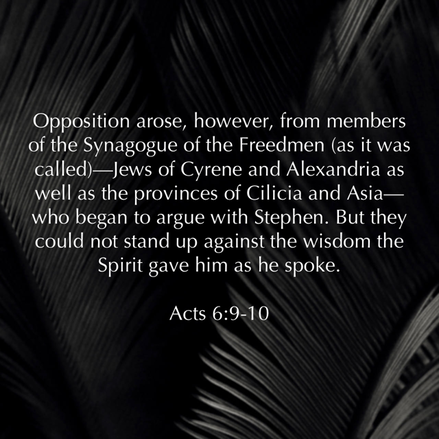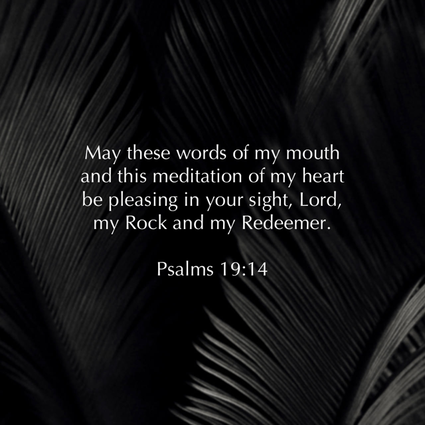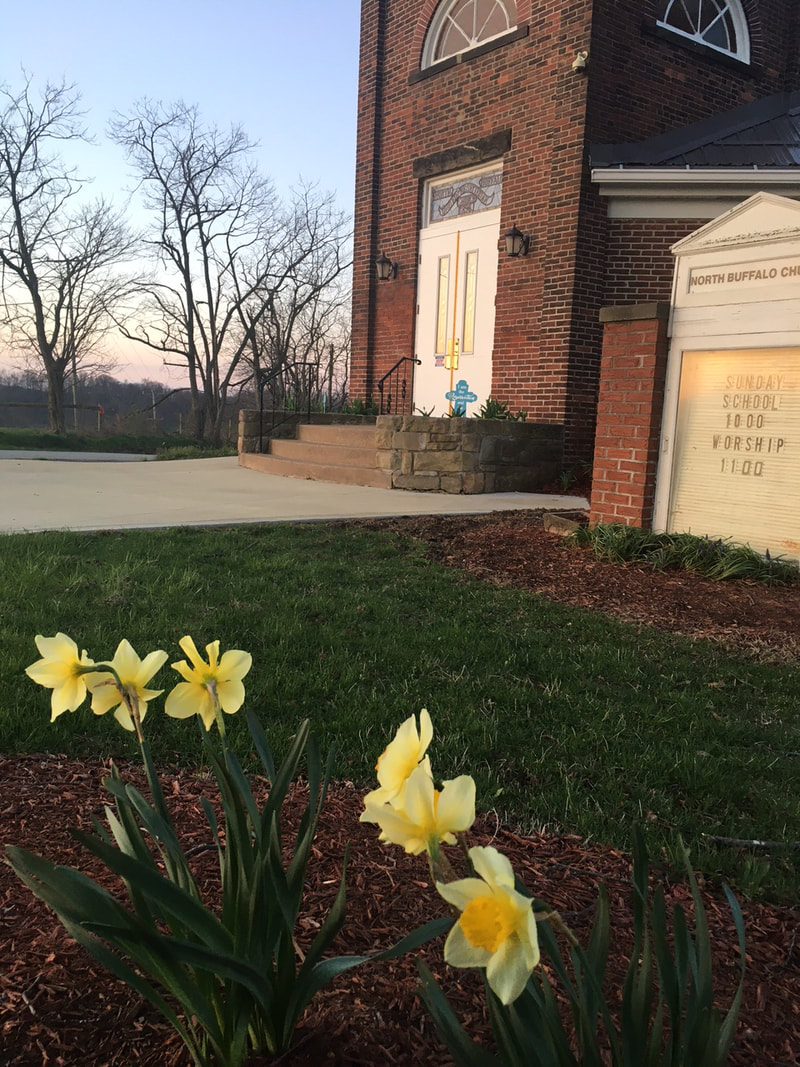|
Good morning!
We're so happy you chose to join us today!
When we meet together in person, we share our joys and concerns before we focus on our Sunday school lesson. Think about your needs and concerns right now, and if you like, you can share them in the comments.
Today’s lesson continues our study from the Old Testament book of Ezra. It is about a difficult time in the history of God’s people. God had restored them to their homeland after many years in captivity in Babylon, but now they were given the task to rebuild what had been destroyed, especially the temple. However, with the assistance of the Persian kings, the work was finally completed, and the temple was dedicated with a joyous celebration. The lesson for today is also about the necessity of maintaining hope and joy, even when times are hard. The following prayer is from Vanderbilt Divinity Library’s Revised Common Lectionary Prayers: Unlike earthly kings, you, O Lord, are ever steadfast and faithful. You sent us your Son, Jesus the Christ, to rule over us, not as a tyrant, but as a gentle shepherd. Keep us united and strong in faith, that we may always know your presence in our lives, and, when you call us home, may we enter your heavenly kingdom where you live and reign for ever and ever. Amen.
This week's lesson is on Ezra 6:13-22. This picks up where last week's lesson left off.
Introduction
Today’s lesson begins with the story of Dietrich Bonhoeffer, who established a secret seminary in Finkenwalde, in modern-day Poland, and taught there during World War II. It was risky because the German police could close the seminary at any time and, worse, could imprison its leaders. Despite the risk, Bonhoeffer held to his conviction that the seminary was crucial. During a worldwide crisis, the seminary developed church leaders. At the seminary, Bonhoeffer taught on the Old Testament text of Ezra. He thought the text offered a model for faithfulness to God during times of crisis. During difficult times, God’s people must maintain hope that the promises of God will remain true. That hope is essential in whatever the time period we find ourselves, including today. The lesson continues the narrative that we talked about last week (Ezra 6:1-12). It is about the Jews’ rebuilding of the temple and the dedication and celebration that followed. This happened after Persia defeated the Babylonian Empire and allowed captives to return to their homelands. Although many chose to stay, thousands of Jews returned to Jerusalem, where they began rebuilding the walls of the city and the temple. All humans attach importance to specific sites, and for Israel the temple in Jerusalem was a most important site. It marked the place where God’s presence was with his people. It was a holy place where sacrifices were offered to God.
I. Obedient dedication (verses 13-18)
On behalf of Persia, Tattenai oversaw the region on the west side of the Euphrates River, known as the Trans-Euphrates. Little is known of the other person mentioned in verse 13, Shethan-Bozenai, or their associates. However, they are most likely leaders who acted as liaisons between the Jews and King Darius of Persia. They reported to the king and received his support for the work of rebuilding the temple. Because of his patronage, opposition to the exiles dissipated. Patronage was a relationship between a benefactor and a client. The patron supplied material and financial support for the client. In return, the client pledged loyalty to the benefactor. Darius, in this case, supplied what was needed for the reconstruction. In return, he hoped to avoid any possible uprising among the exiles. According to Ezra 3:8, work on the temple reconstruction began in 536 B.C. Work stopped for a time because of opposition, but work began again in the second year of the reign of Darius. As in the previous chapter, Ezra notes that the prophets Haggai and Zechariah were involved, prophesying and supporting the work. God’s guidance was a necessary part of the rebuilding process. For a time, the exiles avoided rebuilding the temple, but in August of 520 B.C., Haggai urged on the rebuilding efforts, and it soon began. Over the following months, he continued to appeal to the people. The first address of Zechariah came two months later, in November of 520 B.C. He warned them not to repeat the past mistakes of their people. In addition to the decrees of Cyrus and Darius, another king of Persia, Artaxerxes I, continued the patronage for the rebuilding project. In 457 B.C. Artaxerxes paused the reconstruction efforts of the city of Jerusalem and gave Ezra the task of visiting the city on his behalf. His inclusion is a sign that this chapter was written later than the events it describes. It also shows that Persia’s patronage continued long after the temple was rebuilt. The temple was completed on the third day of the month of Adar, which corresponds to late February or early March on our calendars. It was completed in the sixth year of the reign of Darius, which would be 516 B.C., according to our calendars. Therefore, the temple was completed seventy years after the Babylonians destroyed it. The work completed, it was time for celebration and dedication. According to I Kings 8, large crowds gathered and joyously celebrated the dedication of Solomon’s temple. In a similar way, a crowd gathered for dedication of the rebuilt temple. For this rededication, the people offered a hundred bulls, two hundred rams and four hundred male lambs, which seems like a lot, but it pales in comparison with the number of animals offered during the dedication of Solomon’s temple. (See I Kings 8:62-63.) The offerings at that temple dedication was said to have included 22,000 head of cattle and 120,000 sheep and goats! The difference may be because there were fewer people at the second temple dedication and many of them were poor. That animals were offered at the dedication of the rebuilt temple shows that the people were concerned to adhere to the stipulations God required and that they wanted to follow the precedent of previous generations. In addition to the rededication offerings, the people offered twelve male goats as a sin offering, each goat representing one of the tribes of Israel. This was to purify the people of their sins or any ritual violations they had made. Before the exile, the nation had divided into a northern kingdom and a southern kingdom. The twelve goats anticipate a reunited nation. For decades the people had not had a way to make such offerings, so as the new temple was dedicated, the people had a new start before God. Next the priests and Levites were given their duties in caring for the temple and overseeing the sacrifices that would be made there. King David had established the system of dividing the priests and Levites into groups. Question: How can our church become more effective in service through the use of organized groups for specific ministries? How does the church’s ministry depend on the whole “body of Christ”? (1 Corinthians 12:27)
II. Celebratory fellowship (verses 19-22)
Beginning with verse 19, the language of the original text switches from Aramaic to Hebrew. This signals a new focus. Instead of the temple dedication, the text focuses on the religious practices of the exiles that had returned. The exiles now observed Passover, a remembrance of how God delivered the people from slavery in Egypt before they began their journey to the Promised Land. It would be especially meaningful for those whom God had recently moved in history to return them to their land. To observe Passover properly, it was to begin on fourteenth day of the first month of the year. The priest and Levites had to be ceremonially clean before administering their duties, including the slaughter of the Passover lamb. The Levites performed this duty for all the people. Our lesson says that the people who returned from exile ate the Passover meal, along with those who had separated themselves from the unclean practices of their Gentile neighbors. This probably refers to non-Israelites who had turned from idolatry and worshiped the God of Israel. To the people of Israel, their distinction as the people of God was important; however, that did not imply a blind patriotism or nationalism. Instead, they allowed Gentiles to participate if they followed the stipulations God had established for God’s people. Proper observance required participants to eat roasted lamb (symbolizing the lambs that were slaughtered in Egypt and whose blood was applied to the doorposts and the lintel of each Israelite home), seasoned with bitter herbs (symbolizing the bitterness of slavery and oppression there), and bread made without yeast (symbolizing the speed with which the Israelites had to leave Egypt). The one-day Passover observance precedes the weeklong Festival of Unleavened Bread.” This was not a somber time but a time of joy, a time to celebrate God’s provision and salvation. The exiles celebrate because God had moved Darius to assist in the work of rebuilding the temple. It is unclear why the verse calls him “the king of Assyria.” Assyria had conquered the northern kingdom of Israel more than a century earlier and taken many of the Israelites from their land. Some writers suggests that the author is referring to the fact that Assyria was by that time a part of the Persian Empire.
Conclusion: Building a joyful community
By 1942 the gestapo had shut down numerous underground seminaries, including Finkenwalde. War was raging in Europe. Bonhoeffer’s former students were scattered around the continent. However, they were still faithful to their calling to serve the underground church. In an effort to encourage the elders, Bonhoeffer wrote a series of letters calling the leader to embrace joy. As suffering and indifference had become prevalent, finding joy was a challenge for these leaders. The rebuilt temple was a result of God’s provision and faithfulness. In response, the exiles expressed their joyous worship and gratitude to God. These expressions took the form that had been prescribed to them centuries before. The temple dedication and celebratory feasts allowed the exiles to express proper joy toward God. Once again the people could experience a right relationship with God, a true cause of joy and celebration. Our community of faith may be driven to build new buildings and establish new programs. But our primary challenge when building is to respond joyfully. God’s faithfulness to us demands such a response! From that foundation we are called to build ministries as an outpouring of God’s faithfulness. Ultimately these become a sign for the world to see. Prayer God, during difficult times, finding joy is a challenge. Fill us with the joy that comes only from you. May we be a people who celebrate your work in our lives in a joyous manner. In the name of Jesus. Amen.
Benediction
Today's benediction is from the New English Translation.
Next week's lesson is on Deuteronomy 8:1-11.
0 Comments
Leave a Reply. |
AuthorWe are a small, rural Presbyterian church in southwestern Pennsylvania. Archives
July 2024
Categories
All
|



 RSS Feed
RSS Feed